In a groundbreaking experiment aboard the International Space Station (ISS), scientists have successfully cultivated moss in lunar regolith simulant, marking a significant step toward sustainable life-support systems for future Moon bases. The study, led by an international team of biologists and space researchers, demonstrates the potential of hardy plant species to thrive in extraterrestrial environments with minimal resources.
The experiment utilized a specially designed growth chamber installed in the ISS's Columbus module, where synthetically produced lunar soil was hydraulically separated into fine particles to mimic Moon surface conditions. Researchers selected Bryum capillare, a drought-resistant moss species known for its ability to survive extreme environments on Earth, including Arctic tundras and high-altitude deserts. Over a 90-day observation period, the moss not only survived but showed measurable growth under controlled lighting and humidity levels.
What makes this discovery particularly remarkable is the moss's apparent adaptation to low gravity and cosmic radiation. Time-lapse imaging revealed that the space-grown specimens developed thicker cell walls compared to Earth-grown counterparts, suggesting a biological response to environmental stressors. The moss also exhibited an unusual growth pattern, forming dense circular colonies rather than the sprawling mats seen on Earth - a phenomenon researchers attribute to the absence of directional gravity cues.
The implications extend far beyond botanical curiosity. Photosynthetic organisms like moss could serve as the foundation for biological life-support systems, converting carbon dioxide to oxygen while requiring minimal maintenance. Unlike higher plants, moss doesn't need complex root systems or extensive watering, making it ideal for resource-constrained extraterrestrial habitats. Researchers speculate that future lunar greenhouses might combine moss with cyanobacteria to create self-sustaining atmospheric regulators.
Challenges remain before implementing such systems in actual lunar missions. The ISS experiment used simulated regolith that lacks certain metallic compounds present in real Moon dust. Additionally, the long-term effects of lunar day-night cycles (lasting about 14 Earth days each) on plant metabolism remain unknown. The research team has proposed follow-up experiments using actual Moon soil samples returned by recent missions to validate their findings.
Space agencies worldwide have taken note of these developments. ESA's Directorate of Human and Robotic Exploration has incorporated the findings into their Moon Village concept, while NASA's Artemis program scientists are evaluating moss-based systems for potential lunar outposts. The experiment also has implications for Mars colonization, where similar regolith-based agriculture might be employed.
Beyond practical applications, the study offers philosophical insights about life's tenacity. That a simple, ancient plant form could adapt to an environment utterly alien to its evolutionary history suggests that biological colonization of space may be more achievable than previously assumed. As lead researcher Dr. Elena Petrovna remarked during a recent press briefing: "We're not just testing whether plants can grow in space - we're rediscovering what 'life' means at the frontier of human existence."
The success has sparked renewed interest in astrobiological research, with several universities announcing new programs focused on extraterrestrial botany. Meanwhile, the original space moss specimens continue to be studied, with some samples frozen for future genetic analysis. Their DNA might hold clues to engineering even more space-resilient plant varieties.
Looking ahead, the team plans to expand their research to include lichens and algae, potentially creating a hierarchical ecosystem capable of supporting more complex organisms. The next phase may involve testing these systems in the Moon's actual environment through upcoming robotic missions. As humanity stands on the verge of becoming an interplanetary species, such humble organisms might prove to be our most valuable companions in the cosmic journey.
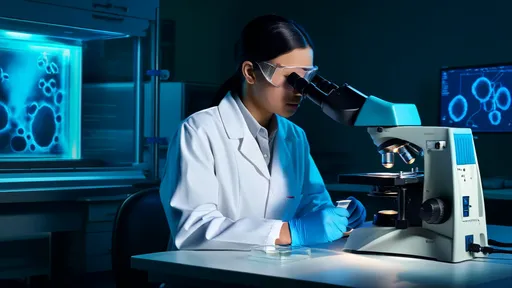
By /Jul 3, 2025
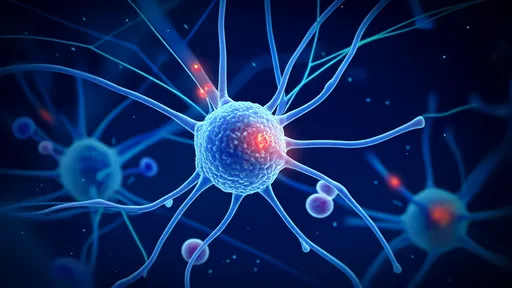
By /Jul 3, 2025
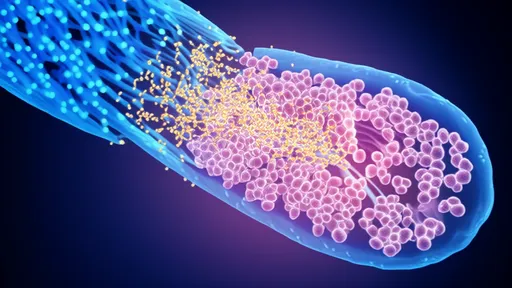
By /Jul 3, 2025
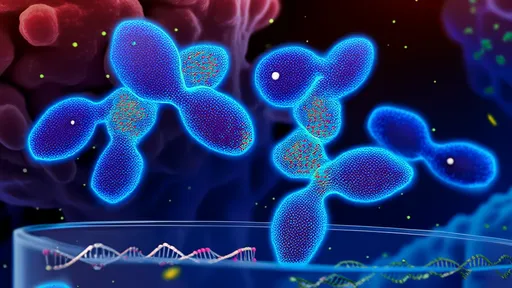
By /Jul 3, 2025
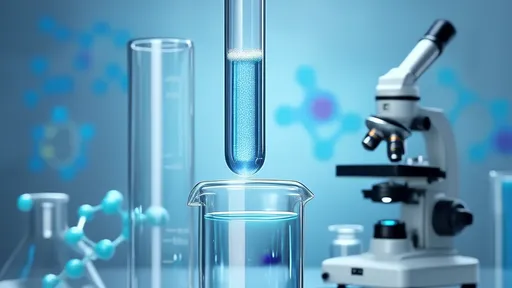
By /Jul 3, 2025
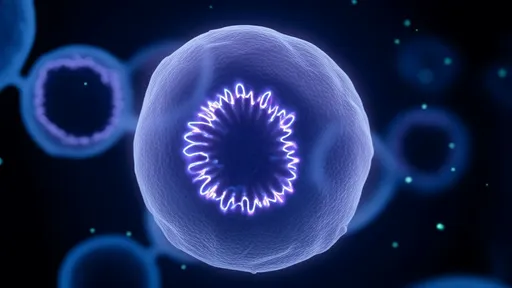
By /Jul 3, 2025
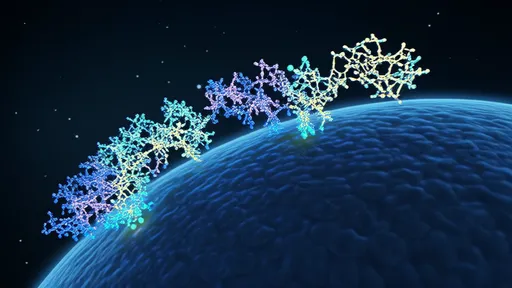
By /Jul 3, 2025
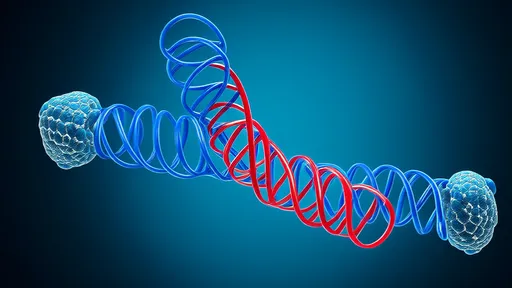
By /Jul 3, 2025

By /Jul 3, 2025
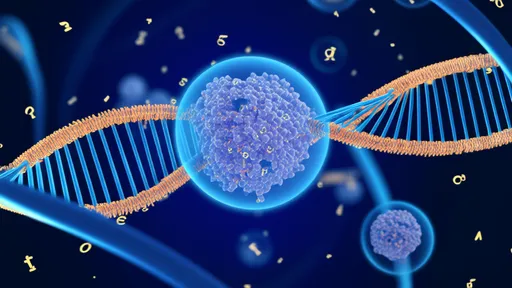
By /Jul 3, 2025
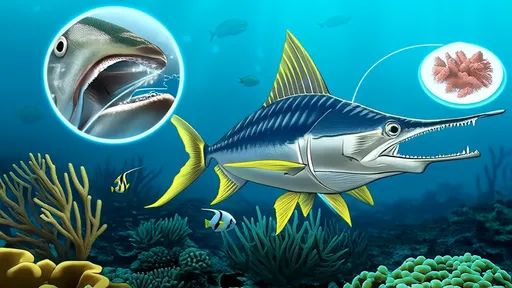
By /Jul 3, 2025
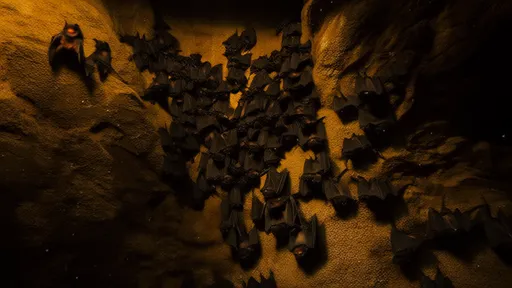
By /Jul 3, 2025
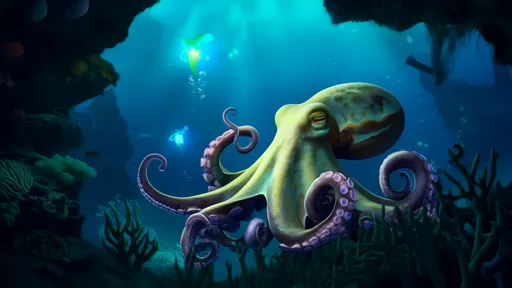
By /Jul 3, 2025
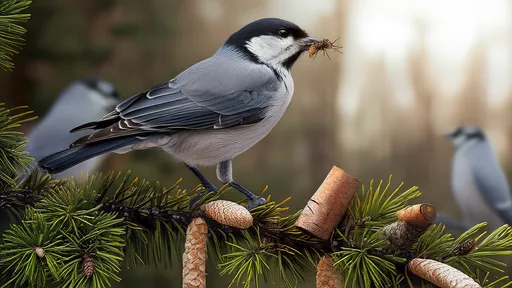
By /Jul 3, 2025
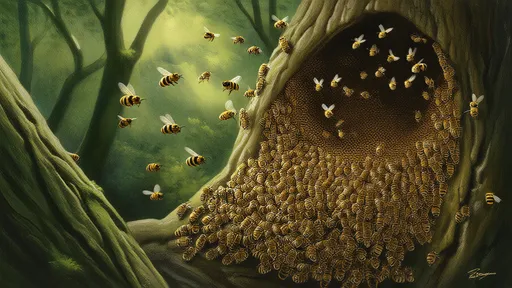
By /Jul 3, 2025
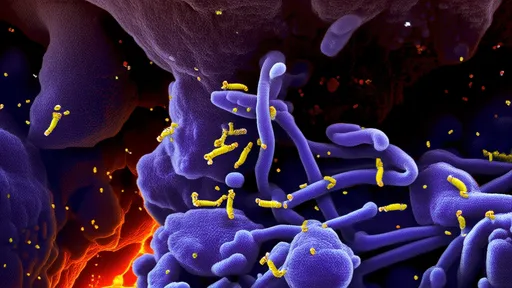
By /Jul 3, 2025
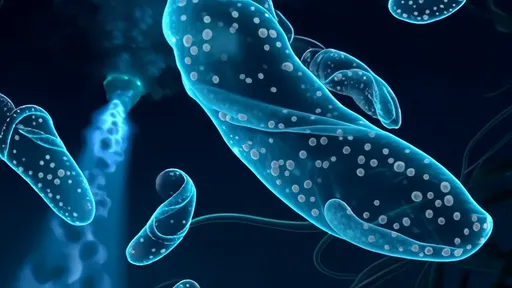
By /Jul 3, 2025
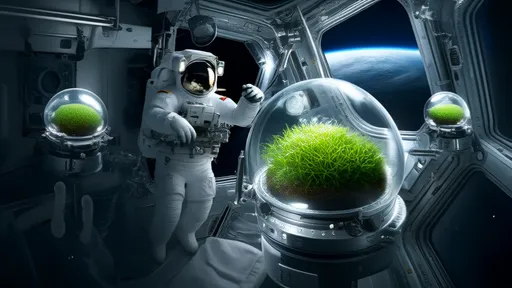
By /Jul 3, 2025